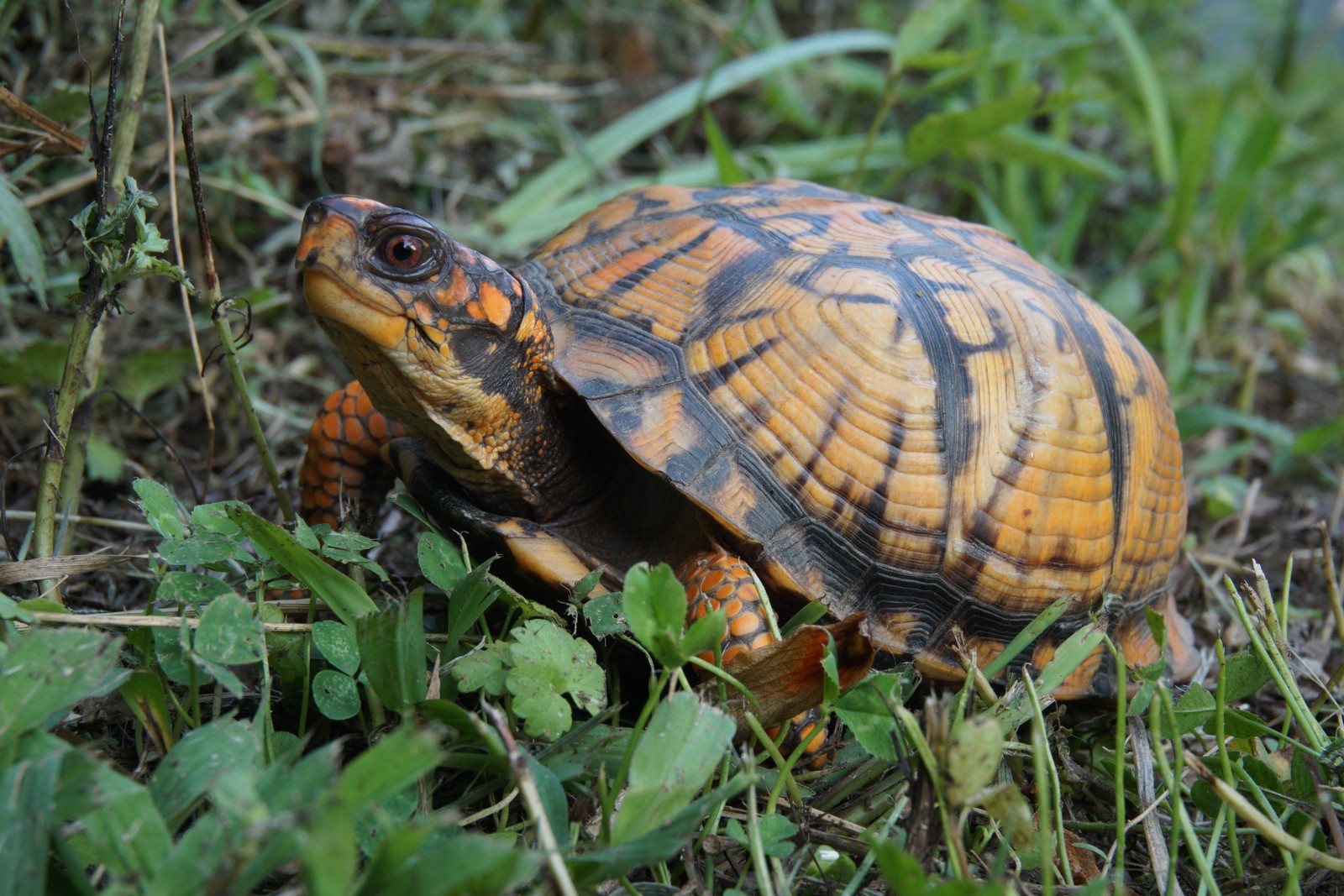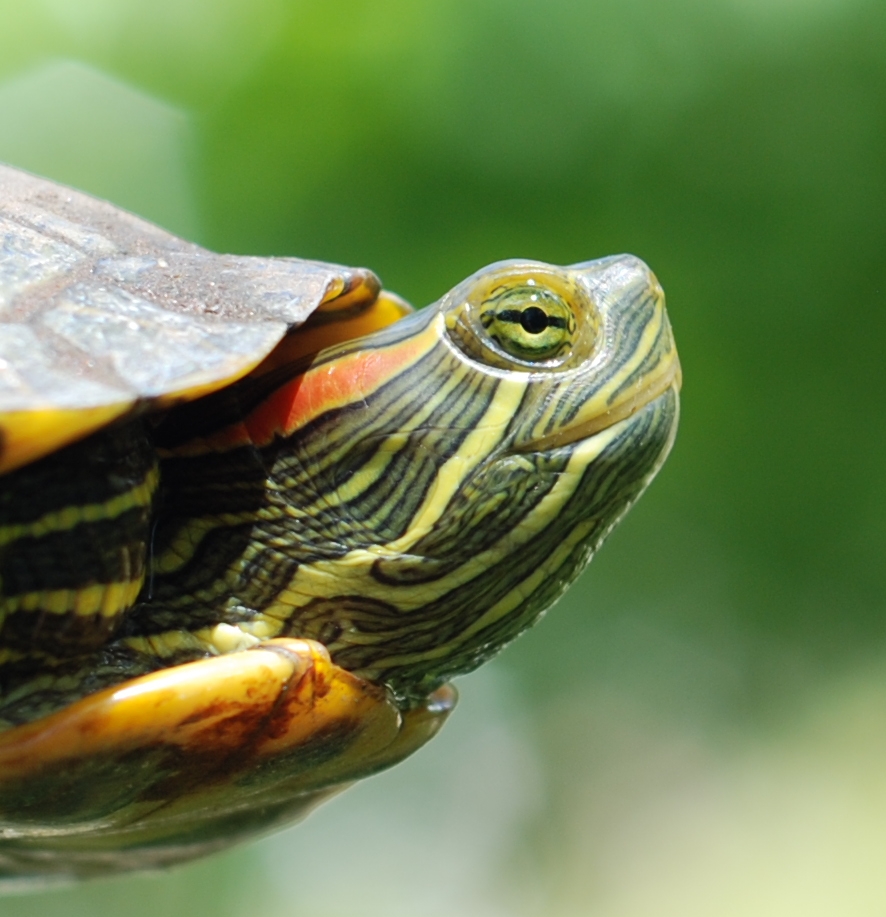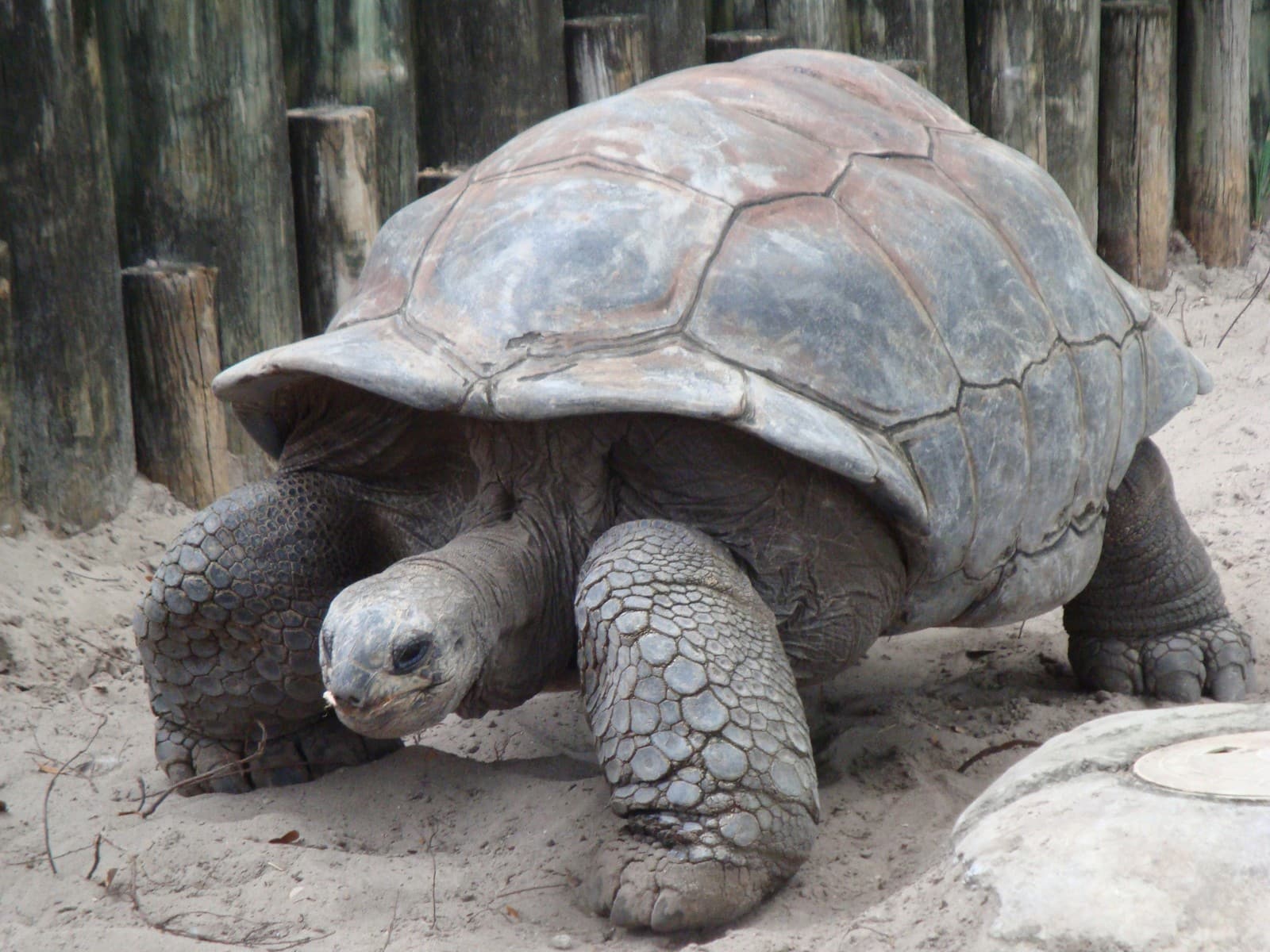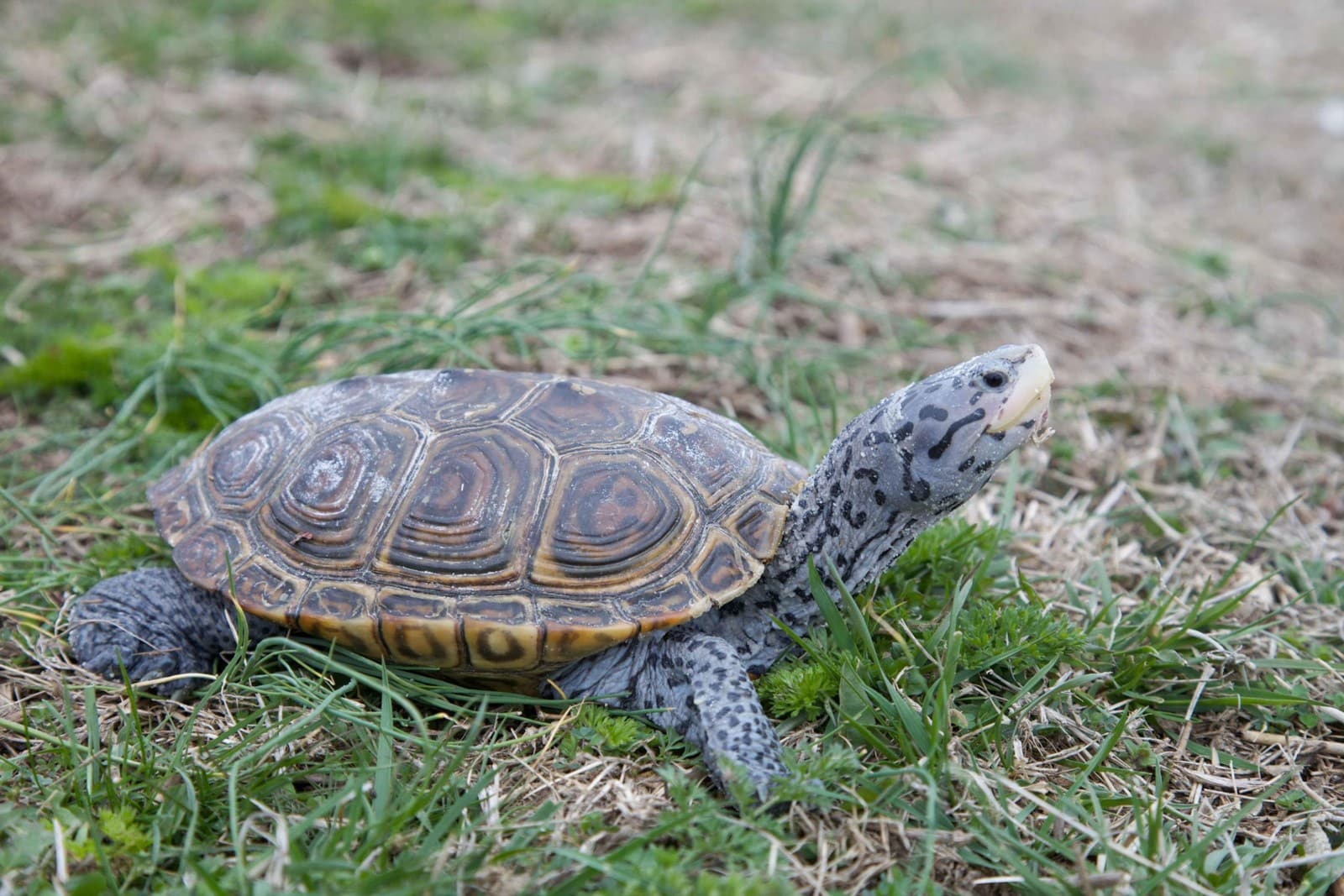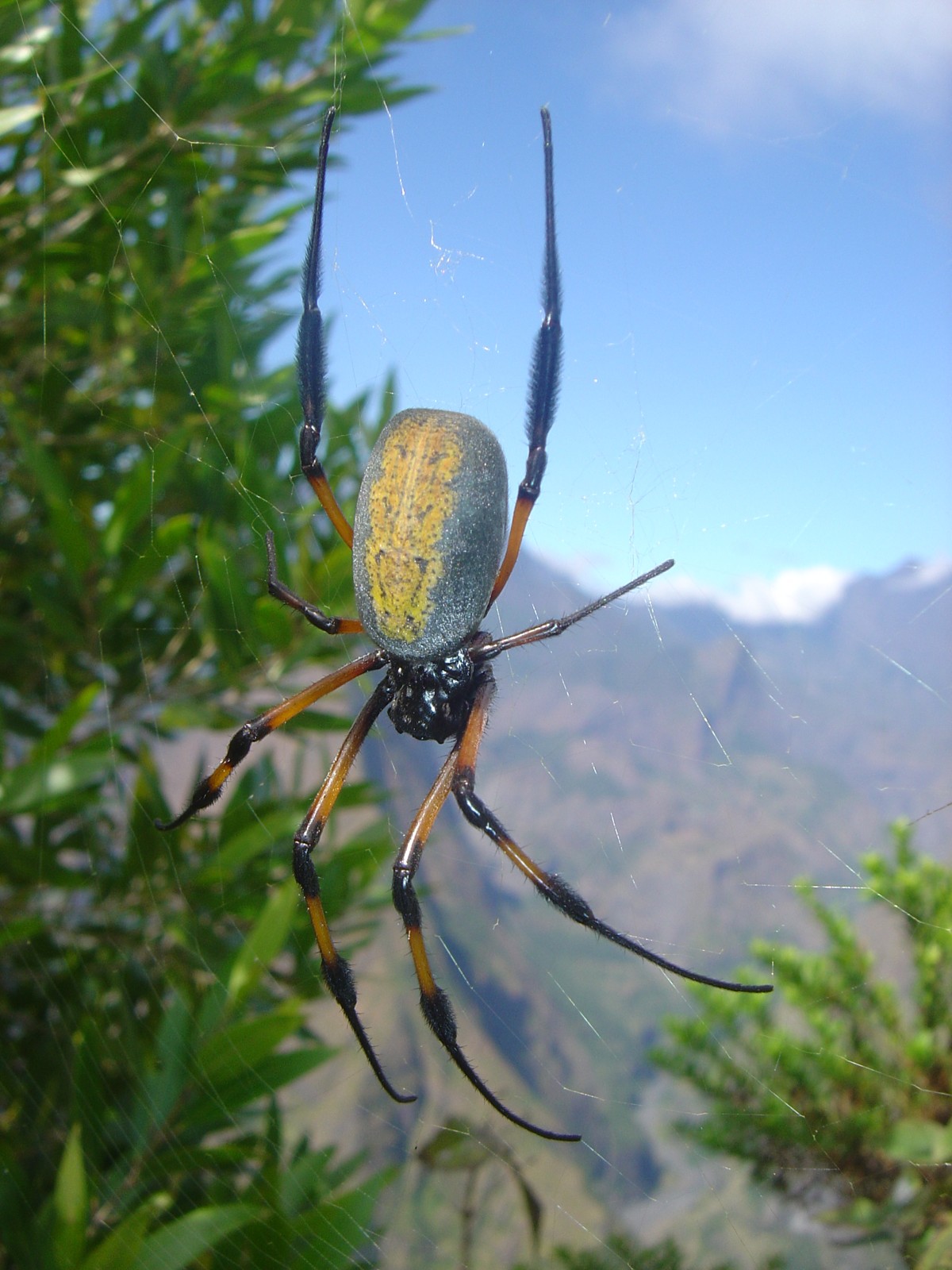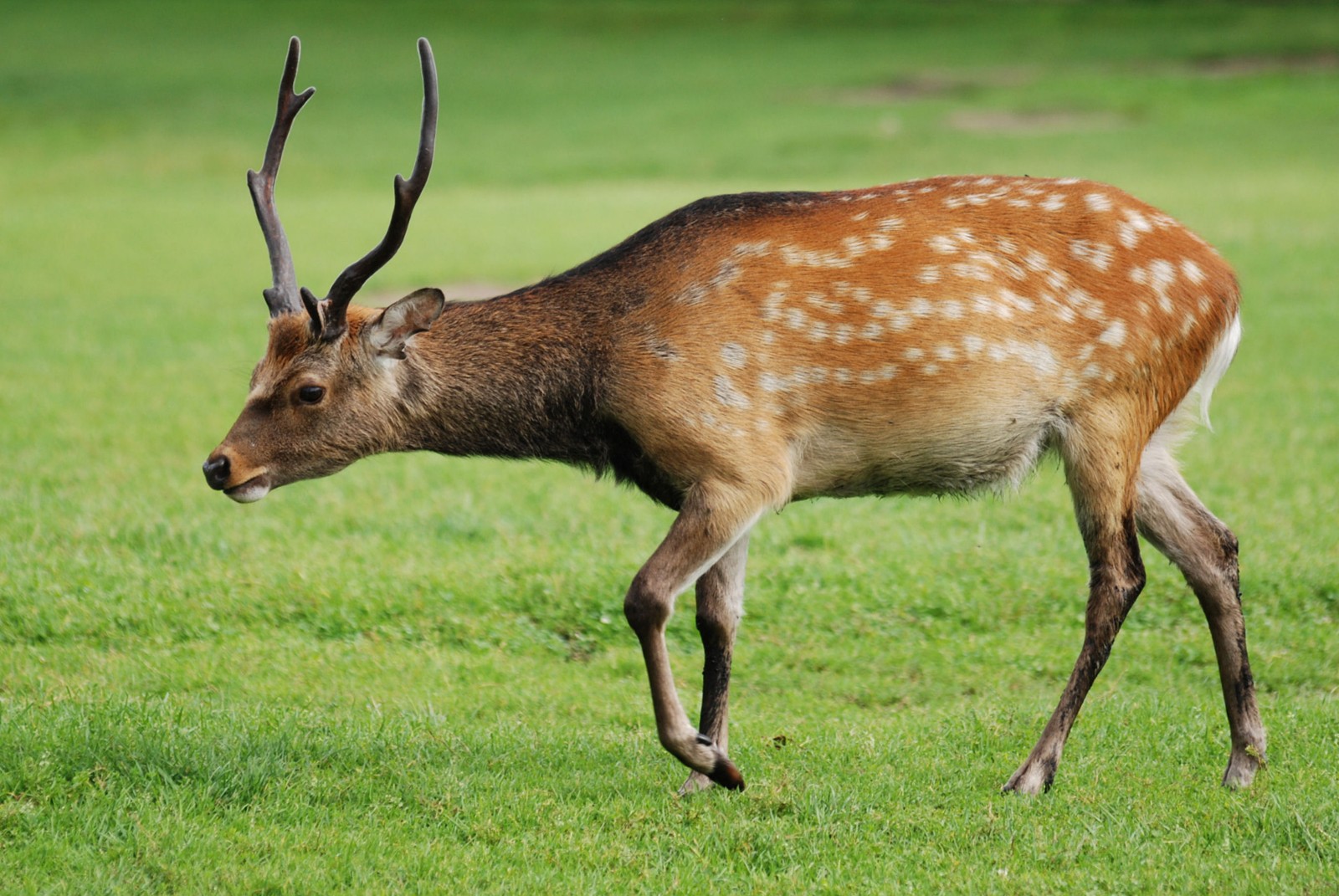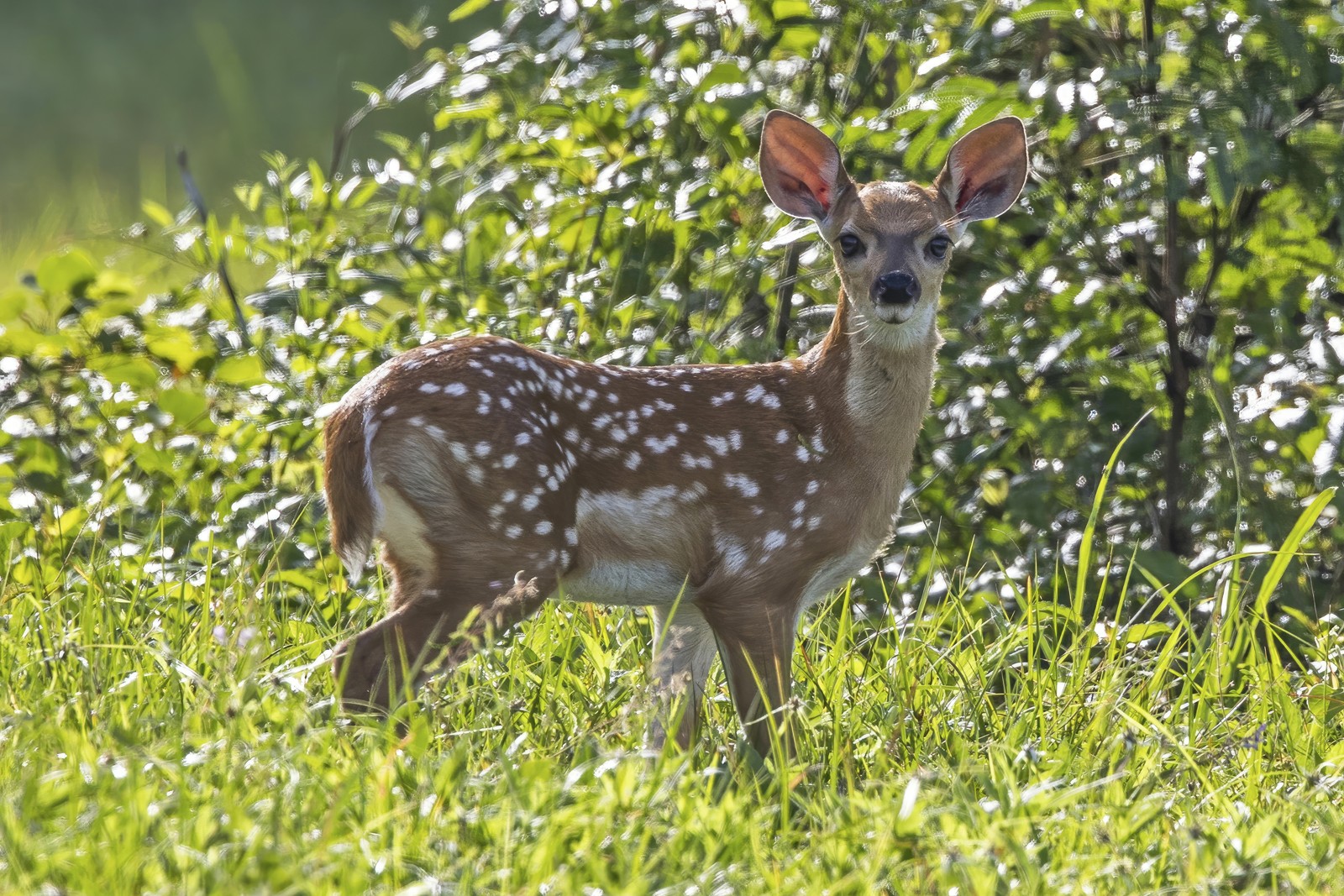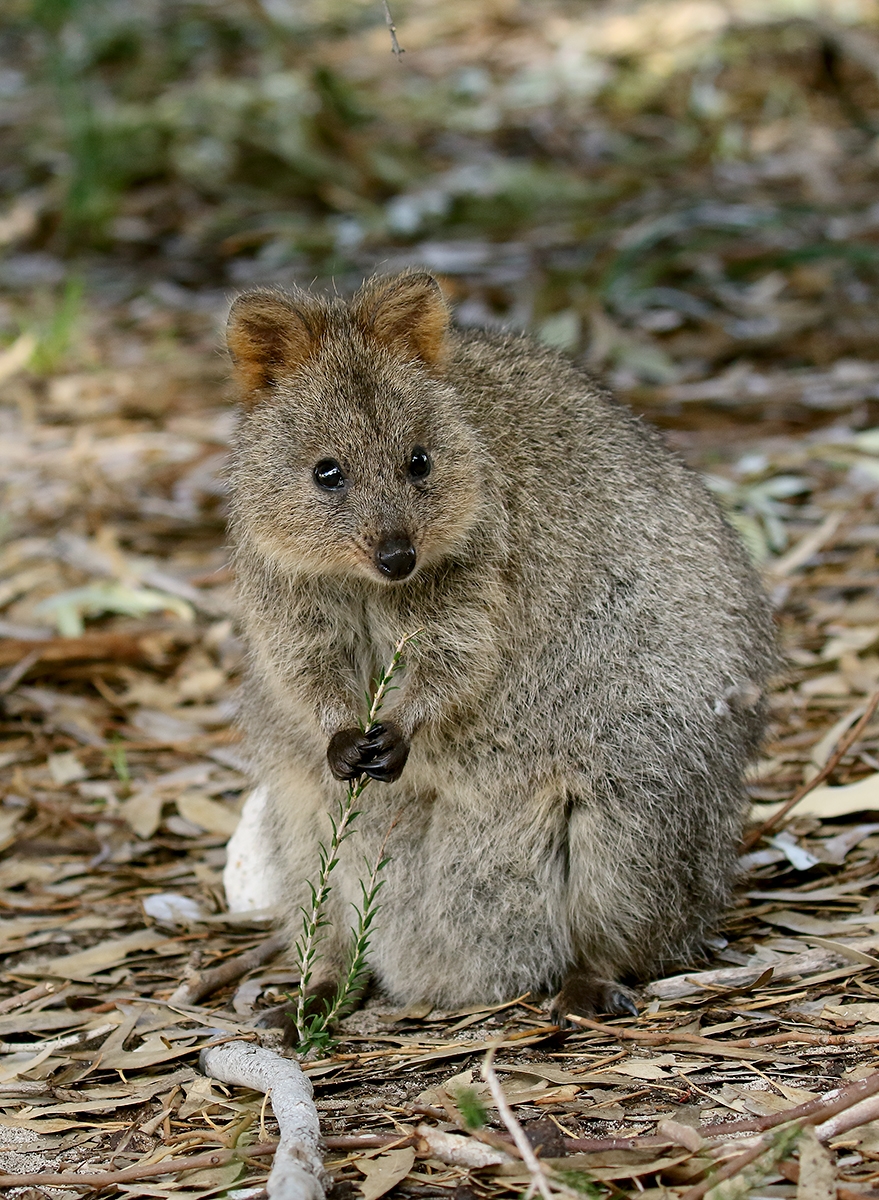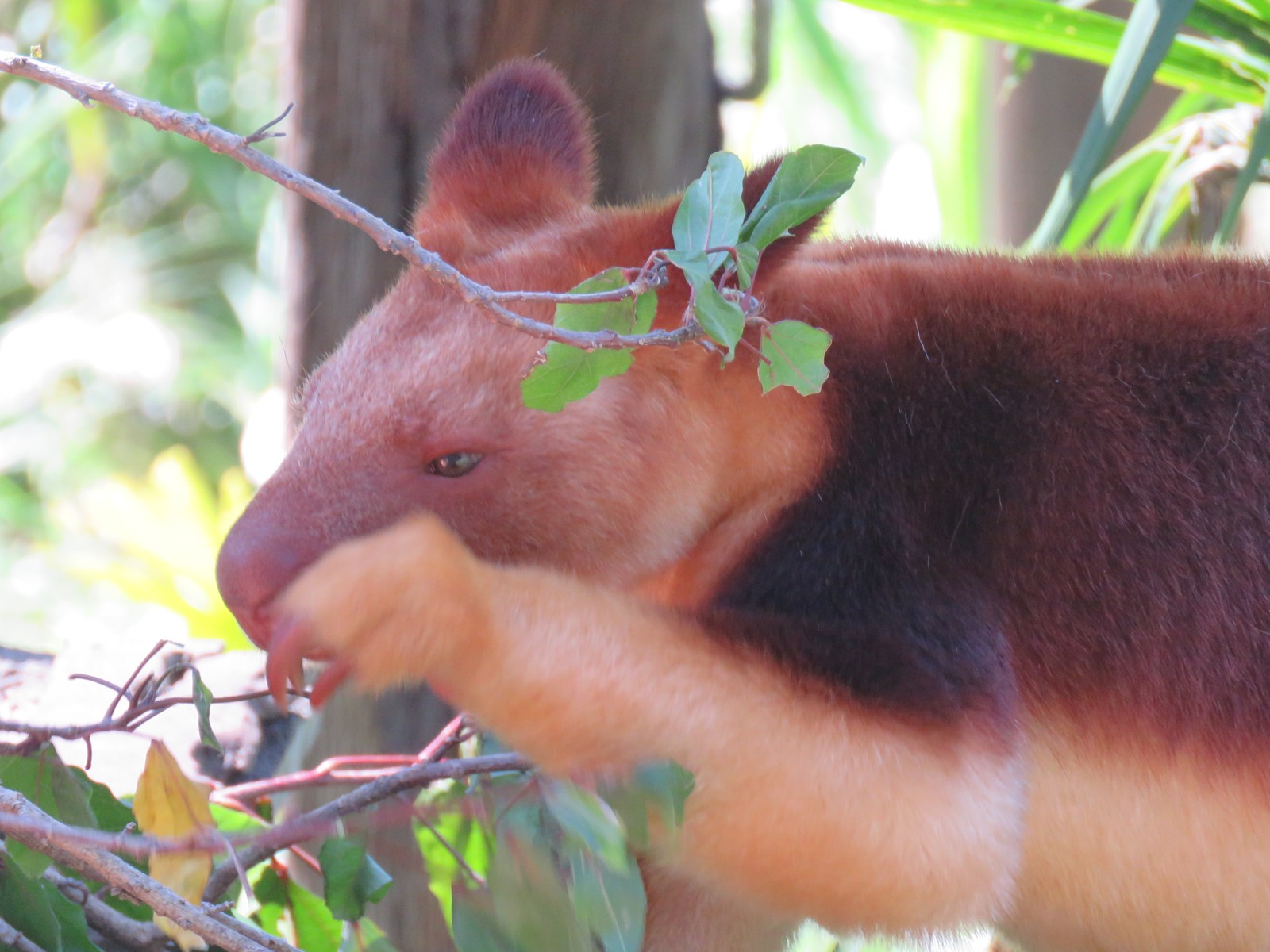Barn Owl vs Snowy Owl: A Complete Comparison
When comparing Barn Owl vs Snowy Owl, we find two remarkably different species that have evolved to thrive in vastly different environments. The Barn Owl (Tyto alba) typically weighs 14-24 ounces (400-700g) and is adapted for temperate climates, while the larger Snowy Owl (Bubo scandiacus) weighs 56-104 ounces (1.6-3kg) and is built for Arctic conditions.
These distinctive owls showcase nature’s adaptability through their specialized features. While Barn Owls are known for their heart-shaped facial disc and exceptional hearing capabilities, Snowy Owls have developed thick feathering and remarkable daytime hunting abilities for their harsh Arctic habitat.
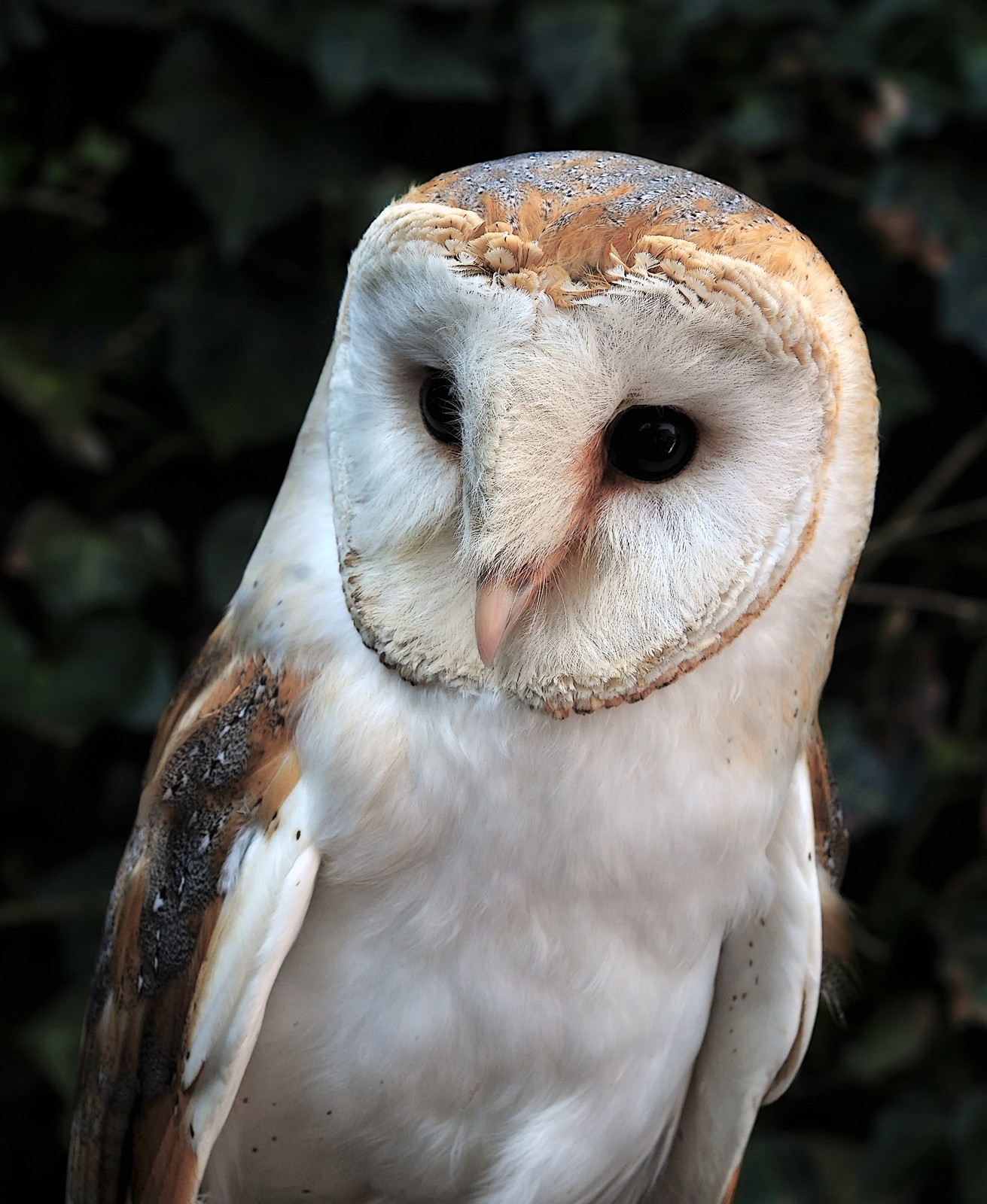
© Michael Gäbler / CC BY 3.0
The Barn Owl’s distinctive heart-shaped facial disc serves as a highly effective sound-gathering apparatus, making it one of nature’s most precise nocturnal hunters. Its golden-buff upperparts and white underparts provide excellent camouflage in its preferred woodland and grassland habitats.
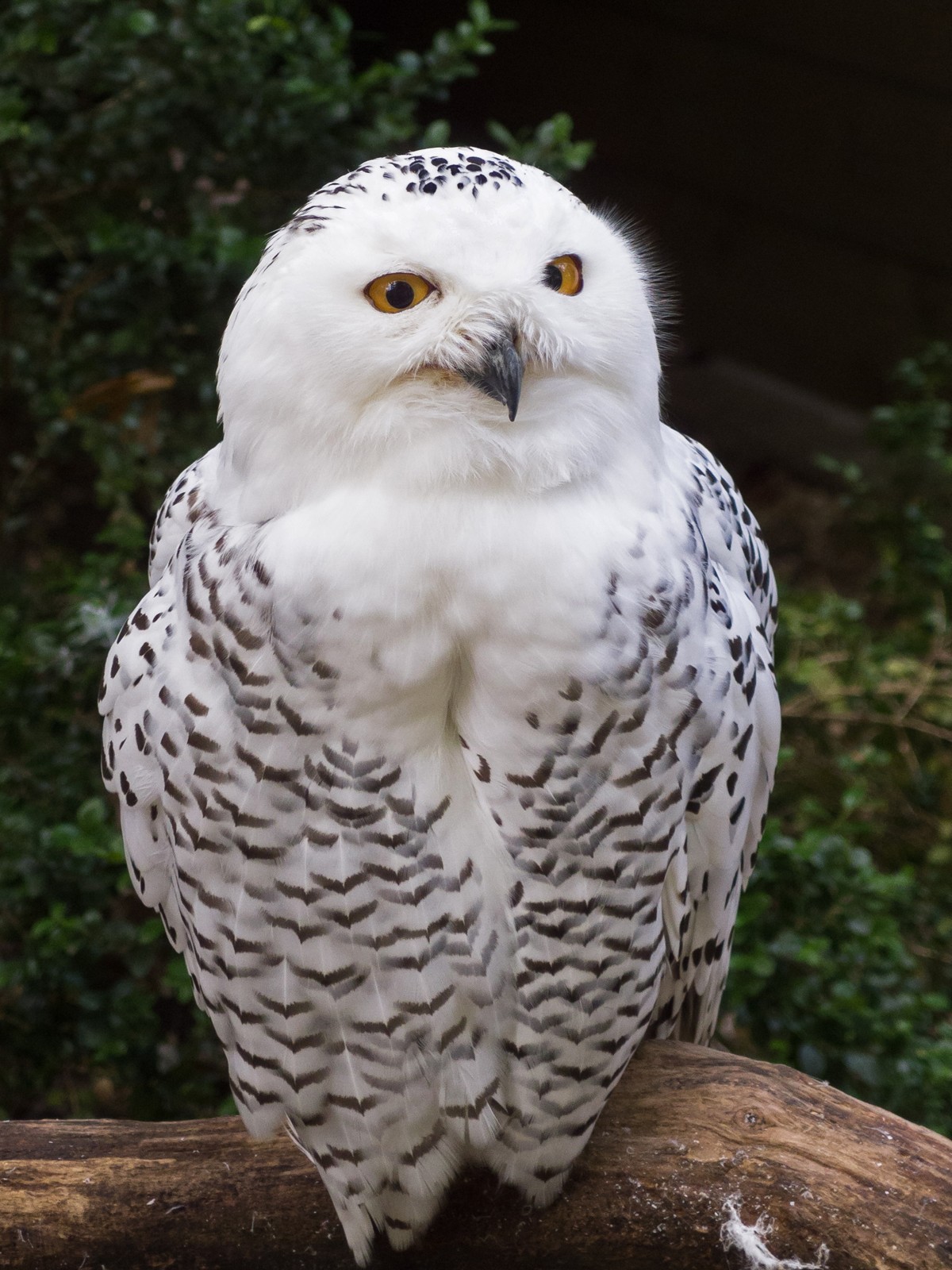
© Tuxyso / CC BY-SA 3.0
The Snowy Owl’s striking white plumage with variable black barring demonstrates perfect adaptation to its Arctic environment. Unlike most owls, these remarkable birds are active during daylight hours, with specialized eye adaptations for hunting in bright, snowy conditions.
Key Differences: Barn Owl vs Snowy Owl
| Feature | Barn Owl | Snowy Owl |
|---|---|---|
| Size | 13-15 inches (33-38cm) | 20-28 inches (51-71cm) |
| Weight | 14-24 oz (400-700g) | 56-104 oz (1.6-3kg) |
| Habitat | Woodlands, farmland, grasslands | Arctic tundra, open grasslands |
| Hunting Time | Strictly nocturnal | Diurnal and crepuscular |
| Diet | Mainly small rodents | Lemmings, hares, waterfowl |
| Geographic Range | Worldwide except polar regions | Arctic circle, northern territories |
Habitat and Distribution
Barn Owls demonstrate remarkable adaptability, occurring on every continent except Antarctica. They prefer lower elevations and open areas, particularly agricultural landscapes where rodent prey is abundant. These owls readily adapt to human structures, often nesting in barns, church steeples, and hollow trees.
Snowy Owls, conversely, are specialized for life in the Arctic tundra. During breeding season, they inhabit the circumpolar region above the Arctic Circle. In winter, some individuals migrate south into southern Canada and the northern United States, appearing in open areas that resemble their tundra habitat.
Hunting and Dietary Differences
The hunting strategies of these owls reflect their environmental adaptations. Barn Owls possess the most sensitive hearing of any owl tested, allowing them to locate prey by sound alone in complete darkness. Their diet consists primarily of small rodents, particularly voles and mice.
Snowy Owls are active hunters during daylight hours, using their exceptional vision to spot prey across vast tundra landscapes. While lemmings form the backbone of their diet, these powerful predators can take larger prey, including Arctic hares and waterfowl.
Physical Adaptations
Barn Owl Specializations
- Heart-shaped facial disc for superior sound collection
- Lightweight build for agile, silent flight
- Asymmetrical ear placement for precise prey location
- Long legs for reaching into tall grass
Snowy Owl Specializations
- Heavily feathered feet for Arctic conditions
- Dense insulating plumage
- Yellow eyes adapted for daytime hunting
- Powerful build for handling larger prey
Breeding and Behavior
Barn Owls typically breed once per year but may produce multiple clutches in good conditions. They lay 4-7 eggs, which hatch asynchronously over several days. Their nesting sites are usually in enclosed spaces, providing protection from weather and predators.
Snowy Owls exhibit more variable breeding patterns, strongly tied to lemming populations. In years of prey abundance, they may lay up to 11 eggs. Unlike Barn Owls, they nest on the ground, creating shallow scrapes on elevated tundra mounds.
Conservation Status
Both species face challenges from habitat loss, though in different ways. Barn Owls are vulnerable to agricultural intensification and the loss of suitable nesting sites. Their global population trends vary by region, with some areas showing concerning declines.
Snowy Owls face mounting pressure from climate change, which affects both their Arctic breeding grounds and prey availability. The International Union for Conservation of Nature (IUCN) has listed them as vulnerable due to projected population declines.
Through understanding these remarkable birds’ differences and similarities, we gain deeper appreciation for the diverse adaptations that allow owls to thrive in vastly different environments. Whether silent night hunters or Arctic day prowlers, both species demonstrate the incredible diversity of these remarkable raptors.
